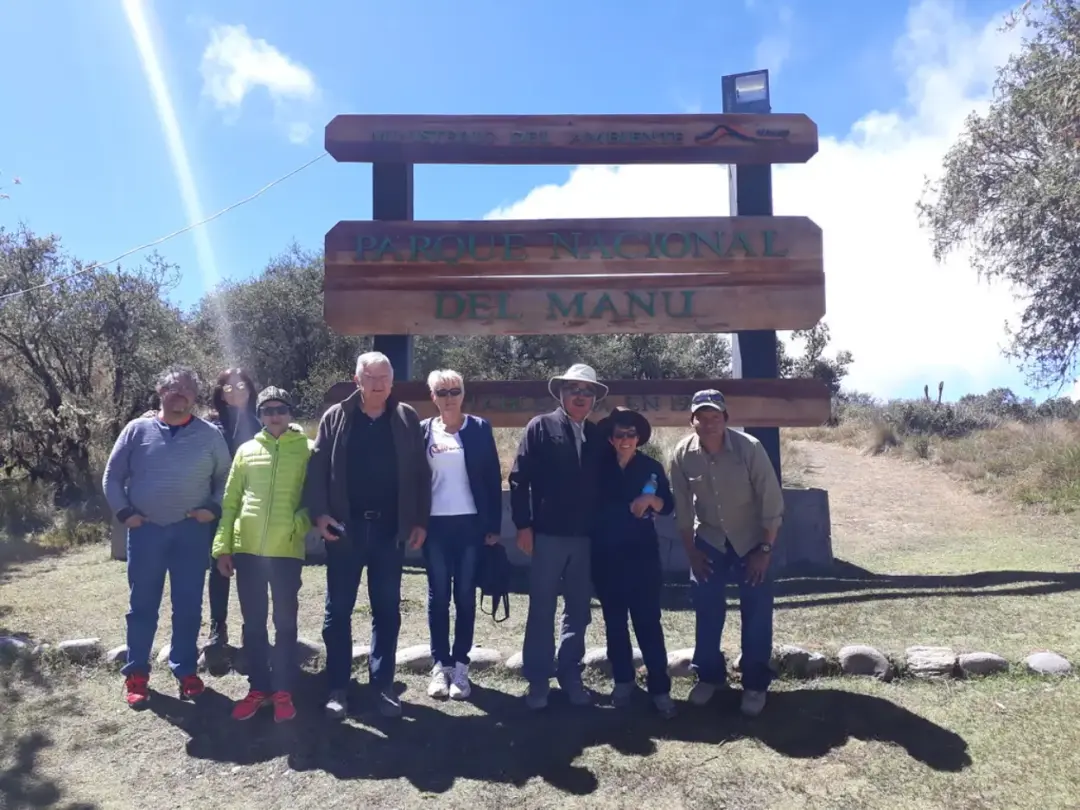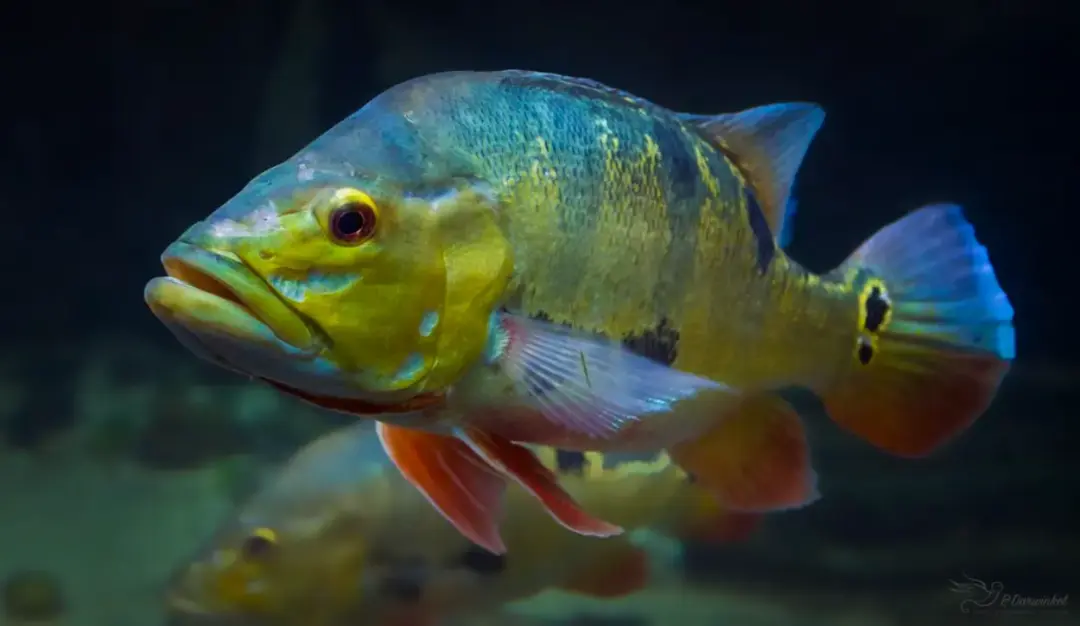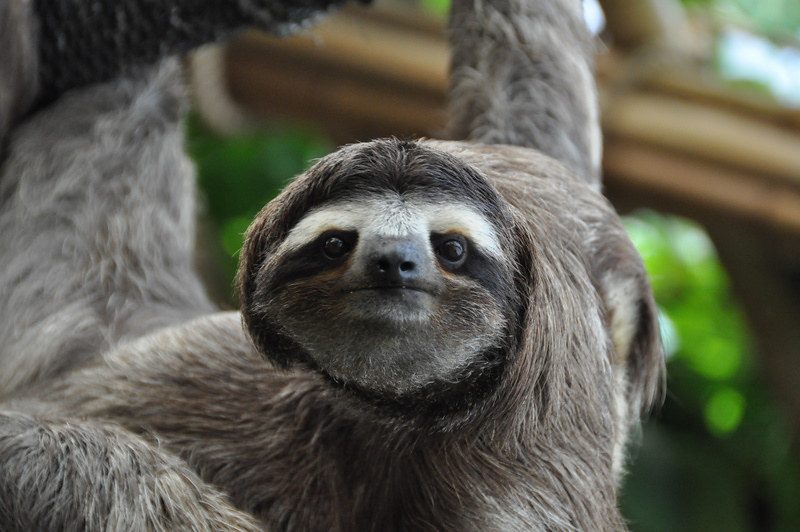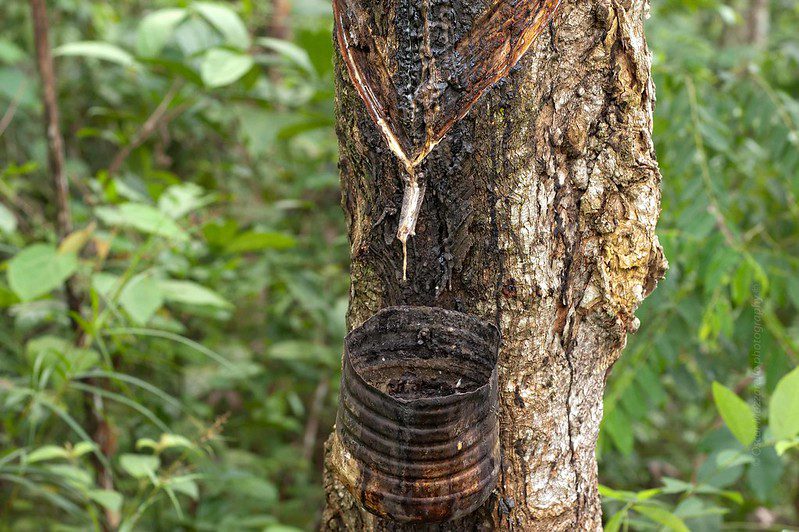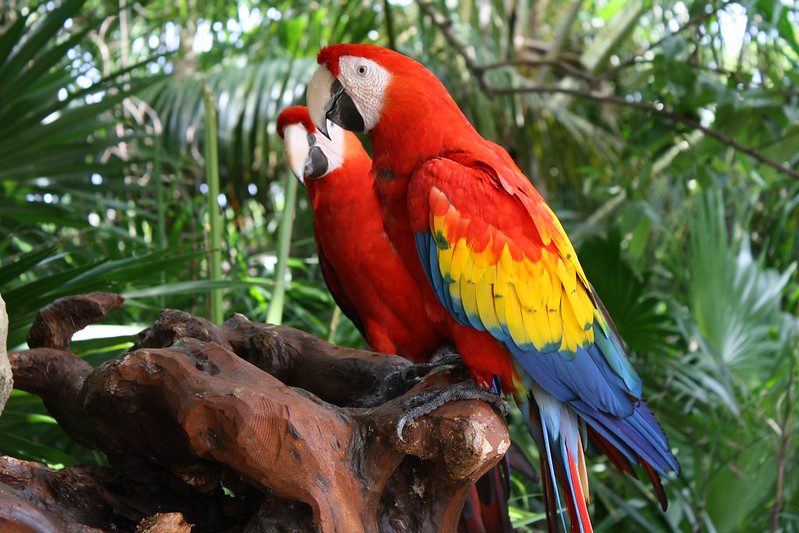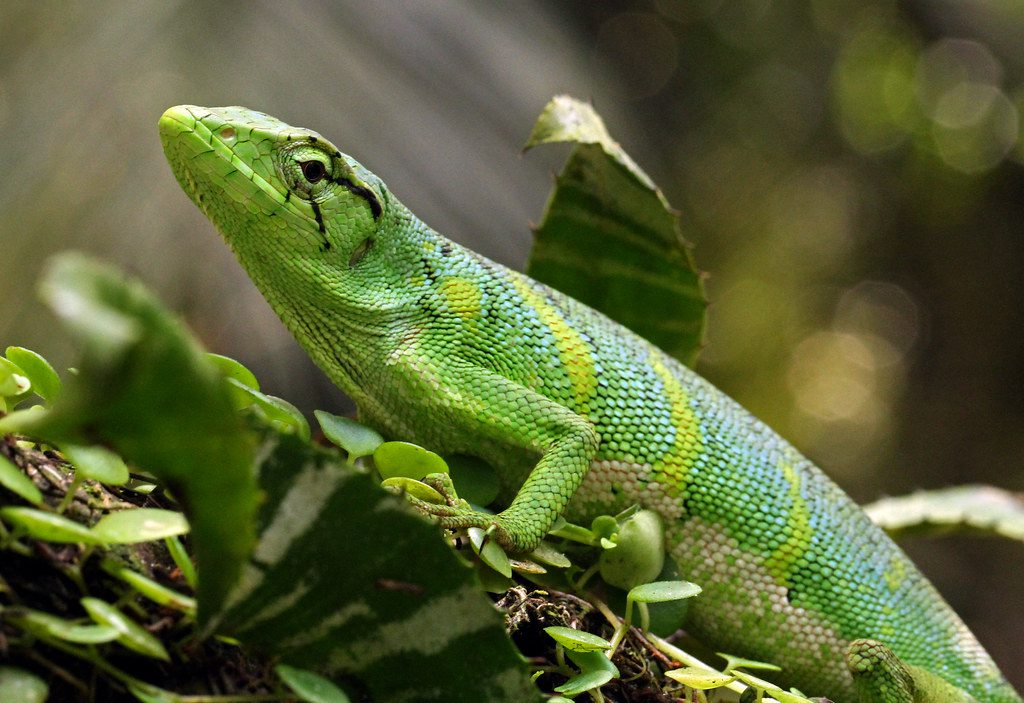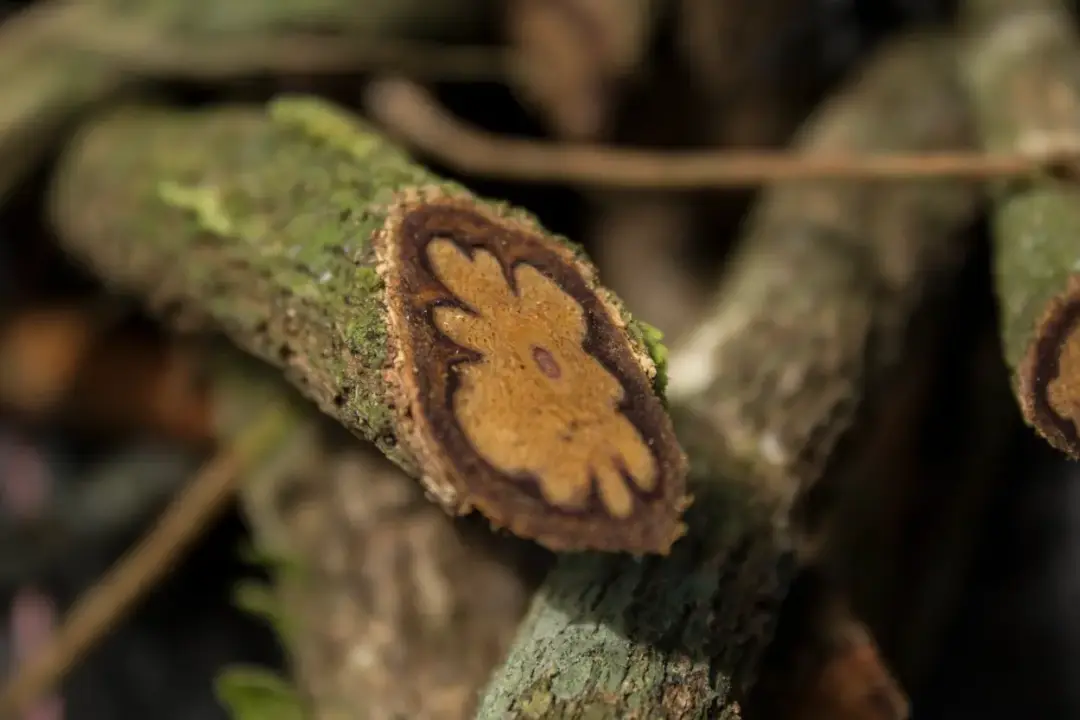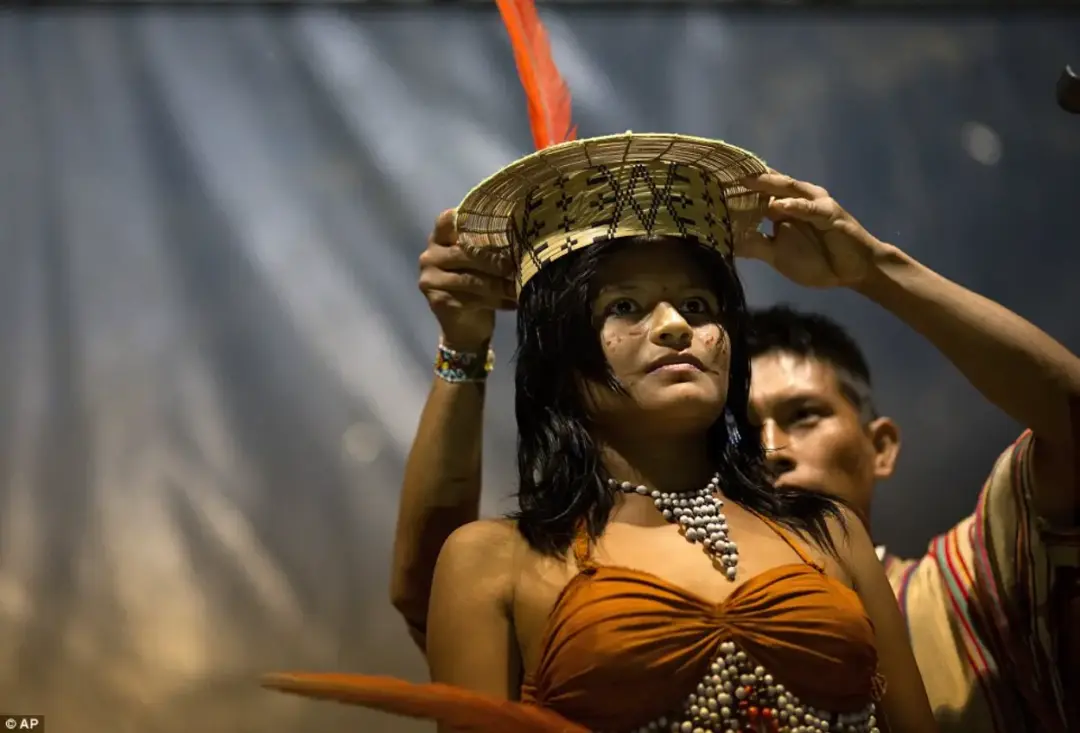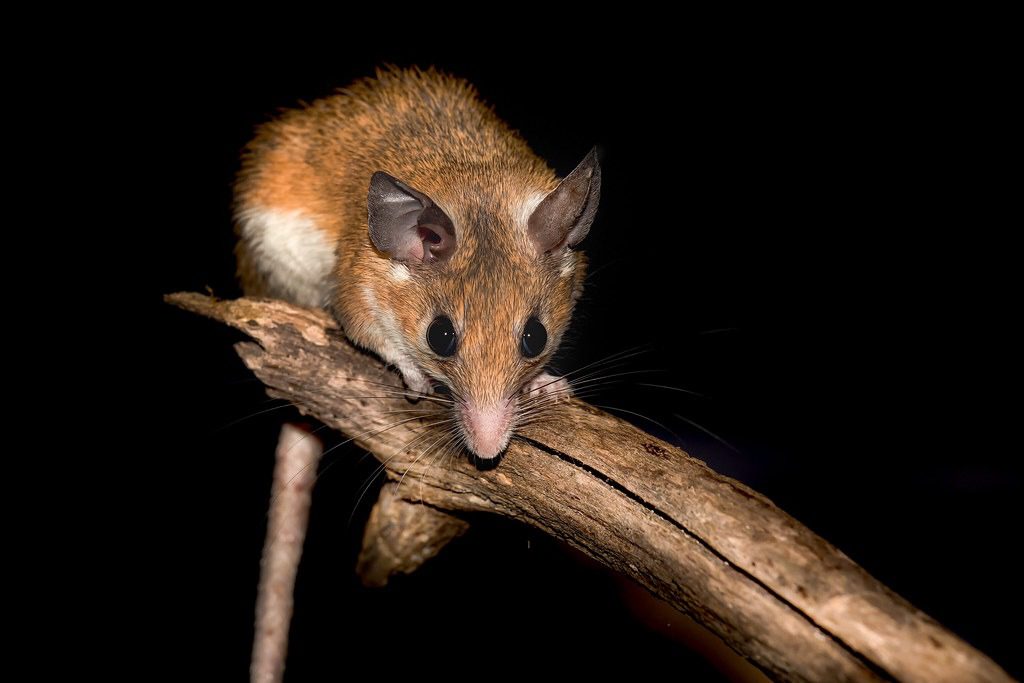Vanishing Wonders: Discover and Safeguard Endangered Amazon Animals
The Amazon Rainforest, often dubbed the “lungs of the Earth,” is home to an astonishing array of wildlife. Among its dense foliage and winding rivers reside countless species, many of which are now teetering on the brink of extinction. These Endangered Amazon Animals are not just integral to the ecosystem but also to the cultural and natural heritage of our planet.
In this article, we’ll journey through the lives of some of the most remarkable yet threatened creatures of the Amazon, understand the challenges they face, and explore how we can play a role in their conservation.
🐆 Jaguar: The Elusive Guardian of the Jungle
Majestic Predator Under Threat
The jaguar, the largest feline in the Americas, is a symbol of strength and mystery. With its powerful build and distinctive rosette-patterned coat, it plays a crucial role in maintaining the balance of the rainforest ecosystem by controlling prey populations.
However, jaguars are facing severe threats from habitat loss due to deforestation, illegal hunting, and conflicts with humans. In regions like Ecuador, over 70% of the original forest cover has been lost, pushing jaguars into fragmented habitats and increasing their vulnerability.
Conservation Efforts and Hope
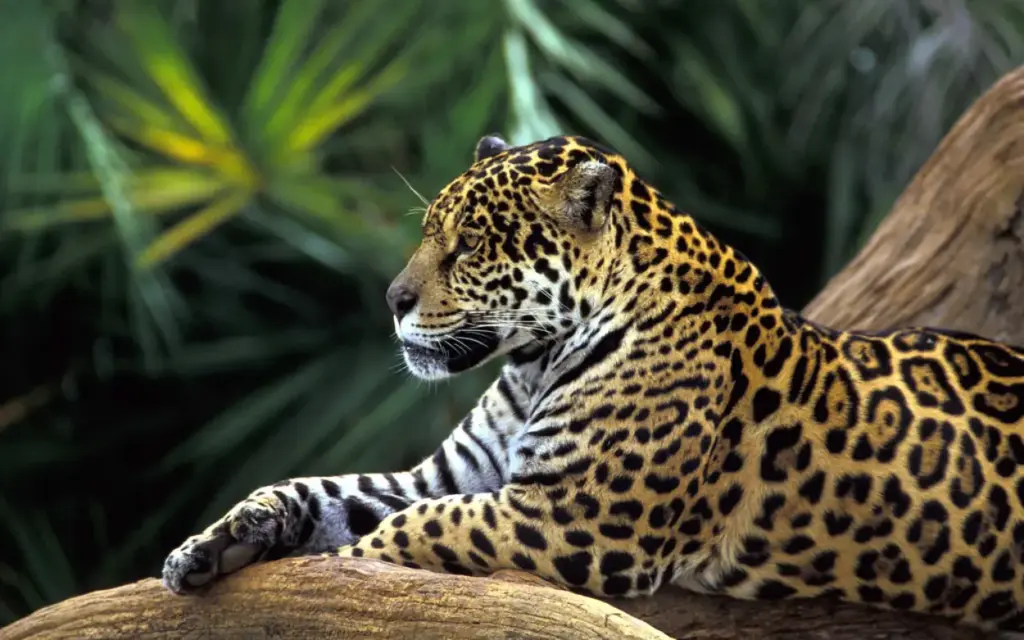
Recognizing the importance of jaguars, countries like Colombia have established jaguar protection corridors to maintain habitat connectivity and promote coexistence between humans and these big cats. These initiatives, supported by organizations like the UNDP and WWF, aim to reduce human-wildlife conflicts and preserve the genetic diversity of jaguar populations.
Community engagement and education are also pivotal. By involving local communities in conservation efforts and highlighting the cultural significance of jaguars, there’s a growing movement to protect this iconic species for future generations.
🐬 Amazon River Dolphin: The Enigmatic Pink Swimmer
A Unique Freshwater Marvel
The Amazon River Dolphin, or “boto,” is renowned for its distinctive pink hue and playful nature. Unlike their marine counterparts, these dolphins have adapted to navigate the complex waterways of the Amazon, using echolocation to find their way through murky waters.
Their unique physiology, including a flexible neck, allows them to maneuver through flooded forests with ease. These adaptations make them a fascinating subject of study and a beloved figure in Amazonian folklore.
Facing Modern Challenges
Despite their cultural significance, Amazon River Dolphins are under threat from pollution, habitat degradation, and accidental entanglement in fishing gear. Mercury contamination from illegal gold mining poses a significant health risk to these dolphins, affecting their reproduction and survival rates.
Conservation efforts focus on reducing water pollution, implementing sustainable fishing practices, and raising awareness about the importance of preserving aquatic habitats. By protecting the rivers they inhabit, we ensure the survival of these enchanting creatures.
🦜 Hyacinth Macaw: The Vibrant Blue Jewel
A Spectacle of Color and Sound
The Hyacinth Macaw, the largest flying parrot species, is a dazzling sight with its vibrant blue feathers and striking yellow accents. Native to the Amazon and Pantanal regions, these birds are known for their strong beaks, capable of cracking open hard nuts and seeds.
Their loud calls echo through the forest canopy, playing a role in seed dispersal and forest regeneration. However, their beauty has also made them a target for the illegal pet trade, leading to significant population declines.
Conservation Initiatives
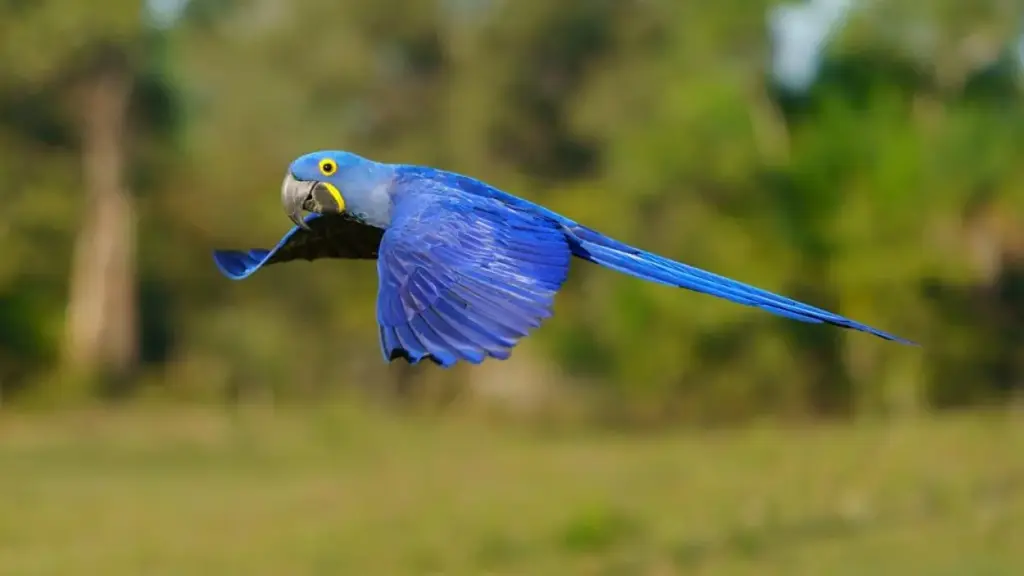
Efforts to protect Hyacinth Macaws include habitat preservation, breeding programs, and stricter enforcement against illegal trade. Artificial nesting sites have been introduced to compensate for the loss of natural tree cavities, aiding in their reproduction.
Community-based ecotourism also plays a role, providing economic incentives for locals to protect these birds and their habitats. Through combined efforts, there’s hope for the resurgence of Hyacinth Macaw populations in the wild.
🐢 Giant South American River Turtle: The Ancient Navigator
A Living Fossil
The Giant South American River Turtle, or “charapa,” is one of the largest freshwater turtles, with some individuals weighing over 50 kilograms. These turtles have roamed the Amazon’s rivers for millions of years, playing a vital role in maintaining aquatic ecosystems.
They are known for their synchronized nesting behavior, where thousands of females lay eggs on sandy riverbanks simultaneously, a spectacle that has fascinated researchers and locals alike.
Threats and Protection Measures
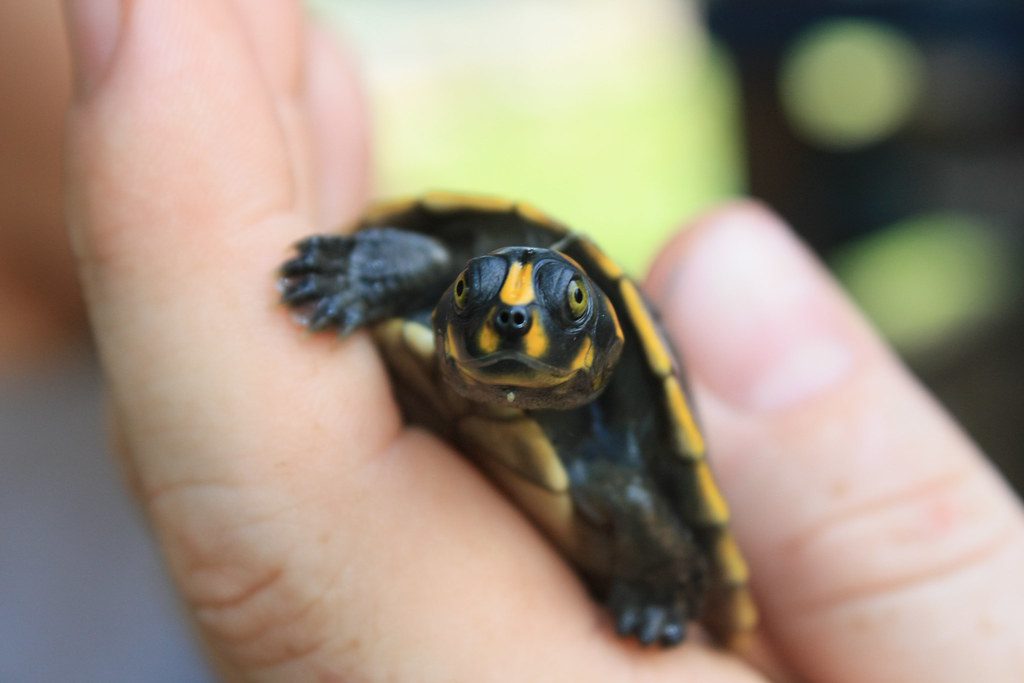
Unfortunately, these turtles face threats from egg poaching, habitat destruction, and pollution. The loss of nesting sites due to riverbank erosion and human activities has led to a decline in their numbers.
Conservation programs focus on protecting nesting beaches, regulating egg collection, and involving local communities in monitoring and protection efforts. By safeguarding their breeding grounds, we can help ensure the survival of this ancient species.
🐒 Pied Tamarin: The Urban Survivor
Adapting to a Changing Landscape
The Pied Tamarin, a small primate with a distinctive white front and dark back, is native to the area around Manaus, Brazil. As urbanization encroaches upon their habitat, these tamarins have shown remarkable adaptability, often venturing into city parks and gardens.
However, this proximity to human settlements exposes them to new threats, including predation by domestic animals and the risk of disease transmission.
Conservation in Urban Settings
Efforts to protect Pied Tamarins involve integrating green spaces into urban planning, creating ecological corridors, and educating the public about coexisting with wildlife. By fostering a harmonious relationship between city dwellers and these primates, we can ensure their continued survival amidst urban growth.
🐸 Poison Dart Frogs: The Tiny, Colorful Sentinels
Nature’s Warning Signals
Poison Dart Frogs are renowned for their vibrant colors, which serve as a warning to potential predators about their toxicity. These small amphibians play a crucial role in the rainforest’s food web and are indicators of environmental health.
Their skin secretes potent alkaloids, some of which have been studied for potential medicinal applications, including painkillers and heart stimulants.
Conservation Concerns
Habitat loss, climate change, and the spread of diseases like chytridiomycosis have led to declines in Poison Dart Frog populations. Conservation strategies include habitat preservation, captive breeding programs, and research into disease prevention.
By protecting these frogs, we not only preserve their intrinsic value but also the health of the ecosystems they inhabit.
🦅 Harpy Eagle: The Majestic Canopy Hunter
Apex Predator of the Skies
The Harpy Eagle, one of the largest and most powerful raptors, soars above the Amazon canopy in search of prey. With a wingspan reaching up to 2 meters, it preys on monkeys, sloths, and other arboreal animals, maintaining the ecological balance.
Their presence indicates a healthy, undisturbed forest, making them a flagship species for conservation efforts.
Challenges and Conservation
Deforestation and habitat fragmentation have severely impacted Harpy Eagle populations. Conservation initiatives focus on protecting large tracts of forest, monitoring nesting sites, and engaging local communities in preservation efforts.
Educational programs highlight the eagle’s role in the ecosystem, fostering appreciation and support for its protection.
🐊 Amazonian Manatee: The Gentle River Giant
A Shy Aquatic Herbivore
The Amazonian Manatee, a freshwater relative of the sea cow, is known for its gentle demeanor and slow movements. Feeding on aquatic vegetation, these mammals play a role in maintaining healthy waterways.
Their elusive nature and preference for secluded habitats make them challenging to study, but also vulnerable to threats.
Conservation and Community Involvement
Manatees face dangers from habitat degradation, boat collisions, and illegal hunting. In Brazil’s Caxiuanã National Forest, conservationists have been working to rehabilitate and reintroduce rescued manatees like Bacuri, engaging local communities in the process.
Educational programs aim to raise awareness about the manatee’s ecological role and promote coexistence between humans and these aquatic mammals.
🌿 How You Can Help Protect Endangered Amazon Animals
Support Sustainable Practices
One of the most effective ways to aid conservation is by supporting sustainable products and practices. Choose goods certified by organizations like the Forest Stewardship Council (FSC) to ensure they come

